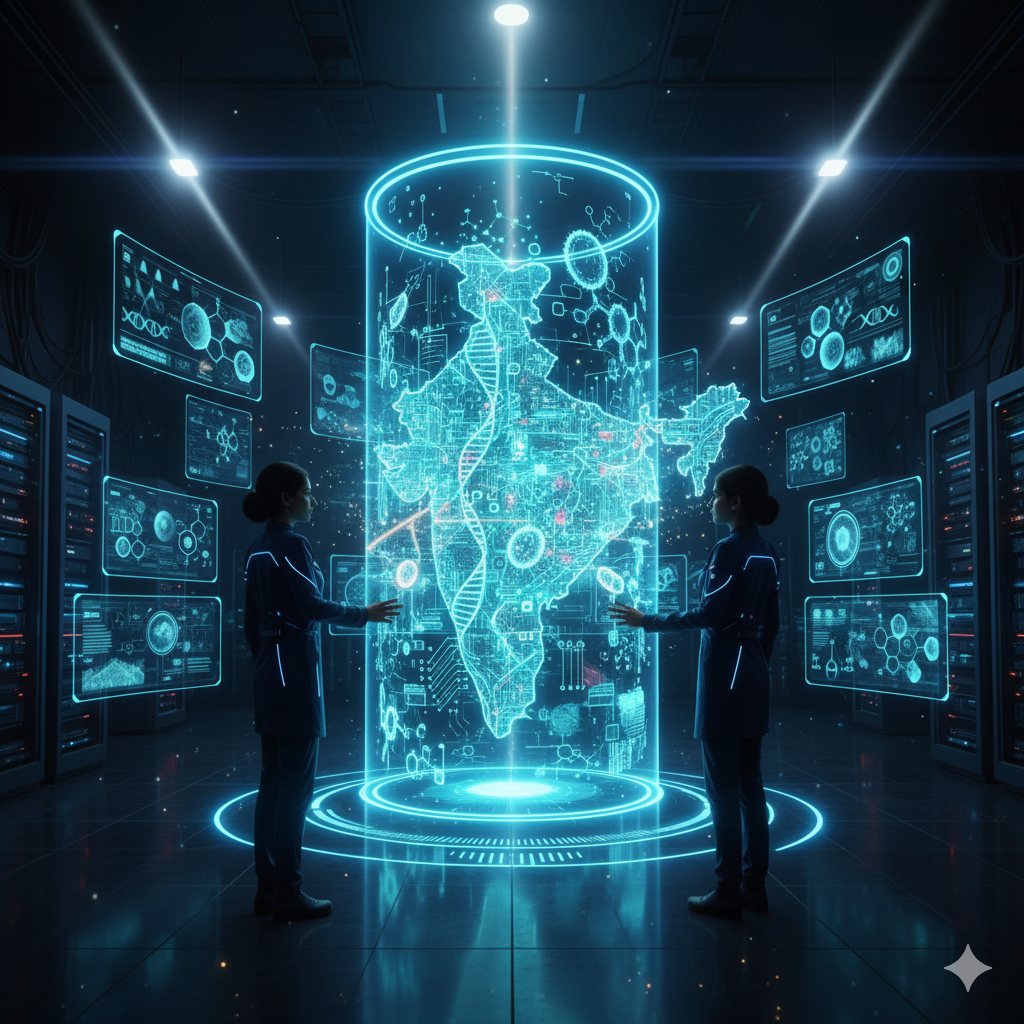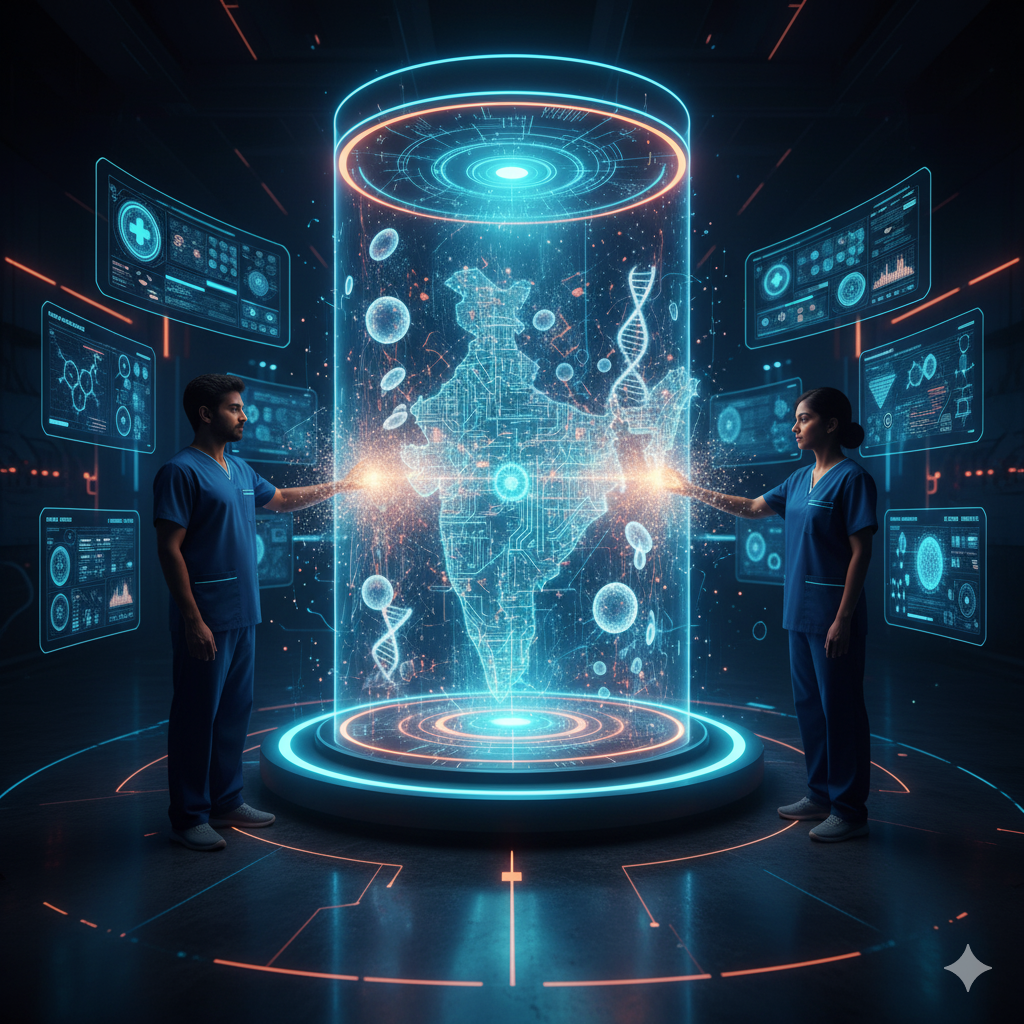Introduction
Human potential is vast yet often underutilized. Throughout history, breakthroughs in science and technology have been driven by individuals with exceptional creativity, problem-solving abilities, and curiosity. But what if we could systematically nurture these qualities in every individual? Recent advances in neuroscience, cognitive psychology, and artificial intelligence (AI) suggest that understanding and mapping the subconscious mind could be key to fostering intellectual growth, creativity, and scientific aptitude.
The subconscious mind contains deep-seated thought patterns, innate curiosity, and latent abilities that often influence conscious behavior. By exploring, decoding, and optimizing these subconscious processes, we may be able to enhance learning, innovation, and critical thinking, ultimately preparing individuals to become scientists, innovators, and problem solvers.
This article explores the science of the subconscious, methods of mapping it, ways to foster intellectual growth, and its future implications for nurturing scientists and innovators.
Understanding the Subconscious Mind
1. Definition and Importance
The subconscious mind operates beneath conscious awareness, regulating thoughts, emotions, habits, and even creativity. Unlike conscious thought, which is deliberate and logical, the subconscious influences:
- Innate curiosity
- Problem-solving tendencies
- Learning patterns
- Emotional resilience
Understanding these hidden mental layers allows educators and parents to tailor approaches that nurture intelligence and creativity.
2. Role in Learning and Cognitive Development
- The subconscious helps store memories and experiences, which the conscious mind later retrieves for problem-solving.
- It generates insightful connections between seemingly unrelated concepts, fostering creativity.
- Subconscious thought often drives scientific intuition, helping inventors and researchers see patterns before logical reasoning catches up.
Hence, mapping the subconscious mind can reveal latent cognitive abilities that, if harnessed, can accelerate intellectual development.
Techniques for Mapping the Subconscious Mind
Modern neuroscience and AI offer several ways to explore subconscious activity:
1. Functional Magnetic Resonance Imaging (fMRI)
- Measures blood flow in the brain to identify active regions.
- Helps detect areas involved in problem-solving, creativity, and curiosity.
- Can identify neural circuits responsible for innate scientific thinking.
2. Electroencephalography (EEG)
- Monitors electrical activity in the brain.
- Detects brainwave patterns linked to deep focus, imaginative thinking, and learning readiness.
- Portable EEG devices allow real-time monitoring during study or experimentation.
3. Magnetoencephalography (MEG)
- Measures magnetic fields from neuronal activity.
- Offers high temporal precision to understand rapid subconscious processing critical for scientific intuition.
4. Artificial Intelligence (AI) and Machine Learning
- AI algorithms can analyze patterns in brain activity to predict learning potential, problem-solving skills, and creativity levels.
- By comparing neural patterns with high-achieving individuals, AI can suggest personalized training programs to nurture scientific thinking.
5. Neurofeedback and Cognitive Training
- Neurofeedback allows individuals to train specific brain regions to enhance focus, creativity, and reasoning.
- Targeted exercises can strengthen neural pathways associated with curiosity, experimentation, and analytical thinking.
Nurturing Intellectual Growth Through Subconscious Mapping
Mapping the subconscious mind is not just about understanding—it is about actively shaping cognitive potential.
1. Identifying Latent Talents and Interests
- By analyzing subconscious thought patterns, educators can identify innate interests in science, mathematics, or research.
- Personalized learning paths can then be designed to nurture these talents from a young age.
2. Enhancing Creativity and Problem-Solving
- The subconscious is central to creative thinking, as it forms connections that conscious reasoning may overlook.
- Training programs can stimulate divergent thinking, encouraging children to explore unconventional solutions.
3. Improving Focus and Cognitive Efficiency
- Subconscious mapping can reveal distractions, negative thought patterns, or stress triggers that impede learning.
- Cognitive exercises and mindfulness techniques can optimize mental efficiency for scientific exploration.
4. Emotional Regulation for Resilience
- Science often involves failure, trial, and error.
- Understanding subconscious emotional triggers can help individuals manage frustration, maintain curiosity, and persevere, which are crucial traits for future scientists.
5. Tailored Education Based on Brain Patterns
- Personalized education informed by subconscious mapping can accelerate concept acquisition and experimental skills.
- Adaptive learning technologies can adjust content and pace based on subconscious engagement levels.
Creating Future Scientists: Step-by-Step Approach
1. Early Identification of Scientific Inclinations
- Subconscious mapping can detect curiosity-driven neural patterns in children.
- Children with strong pattern-recognition abilities or scientific curiosity can be mentored early.
2. Structured Cognitive Training Programs
- Brain exercises, puzzles, and research-oriented projects can strengthen subconscious neural pathways.
- Emphasis on critical thinking, hypothesis formation, and experimental reasoning is key.
3. Integration of AI and Technology in Learning
- AI systems can continuously monitor learning progress and suggest personalized cognitive challenges.
- Virtual labs and simulations can translate subconscious potential into practical scientific skills.
4. Mindfulness and Subconscious Optimization
- Practices like meditation, visualization, and reflective journaling enhance subconscious integration.
- These methods improve intuitive thinking, creativity, and insight, all essential for scientific innovation.
5. Mentorship and Research Exposure
- Exposure to real-world scientific problems and mentors fosters applied learning.
- Combining subconscious insights with hands-on experience encourages experimentation and discovery.
The Role of AI and Technology in Future Scientist Development
1. Predictive Analytics for Talent Development
- AI can predict a child’s scientific aptitude based on subconscious patterns and cognitive responses.
- Early intervention programs can be designed to maximize potential before conscious awareness fully develops.
2. Neuro-Adaptive Learning Systems
- Learning platforms can adjust difficulty and content in real-time based on brainwave feedback and subconscious engagement.
- This ensures efficient learning and sustained motivation.
3. Virtual and Augmented Reality (VR/AR) Labs
- VR can provide immersive environments to explore complex scientific concepts.
- Subconscious mapping helps identify which interactive experiences maximize learning and creativity.
4. Neurofeedback for Problem-Solving Enhancement
- Feedback loops from brain activity allow individuals to train for focus, resilience, and analytical reasoning.
- This is especially effective in developing scientific experimentation skills.
Ethical Considerations
While mapping the subconscious mind offers great potential, ethical safeguards are essential:
- Privacy of Thought
- Subconscious data is deeply personal; strict confidentiality is critical.
- Informed Consent
- Participants must understand how their brain data will be used.
- Avoiding Social Bias
- Predictive models should not label children or limit opportunities based on subconscious patterns alone.
- Psychological Safety
- Mapping should enhance confidence, not create pressure or anxiety in learners.
Challenges and Limitations
- Complexity of the Brain
- The subconscious is highly dynamic and influenced by environment, experience, and genetics.
- Data Interpretation
- Brain patterns may be misinterpreted without context, leading to ineffective or harmful interventions.
- Accessibility and Equity
- Advanced neuroimaging and AI tools are expensive. Equitable access is critical to avoid societal disparities.
- Integration into Traditional Education
- Teachers and mentors must be trained to interpret subconscious insights responsibly.
Future Possibilities
- Personalized Cognitive Growth Programs
- Every child could receive scientifically tailored training to nurture curiosity, creativity, and analytical skills.
- Global Talent Development Platforms
- AI-driven subconscious mapping could identify future scientists globally, regardless of socioeconomic background.
- Neurotechnology in Higher Education
- Universities may use subconscious data to guide research projects and collaborations for maximum innovation.
- Lifelong Learning and Adaptation
- Even adults could use subconscious mapping to retrain the mind, pursue scientific careers, or develop innovative skills.
- Enhanced Problem-Solving for Society
- A generation trained with subconscious insights could tackle complex global challenges, from climate change to disease prevention, at unprecedented speed.
Conclusion
Mapping the subconscious mind represents a transformative approach to unlocking human potential. By understanding hidden cognitive patterns, we can:
- Identify innate scientific talent
- Nurture curiosity and creativity
- Enhance focus, resilience, and problem-solving skills
- Provide personalized learning experiences
While challenges in ethics, accessibility, and interpretation remain, the combination of neuroscience, AI, and education offers a roadmap to creating a future generation of scientists and innovators.
The potential is profound: a society where human intellect is optimized from subconscious insights, curiosity is encouraged from childhood, and scientific discovery becomes a natural extension of innate cognitive abilities. Mapping the subconscious may well be the key to unlocking the next wave of human innovation and global problem-solving.




